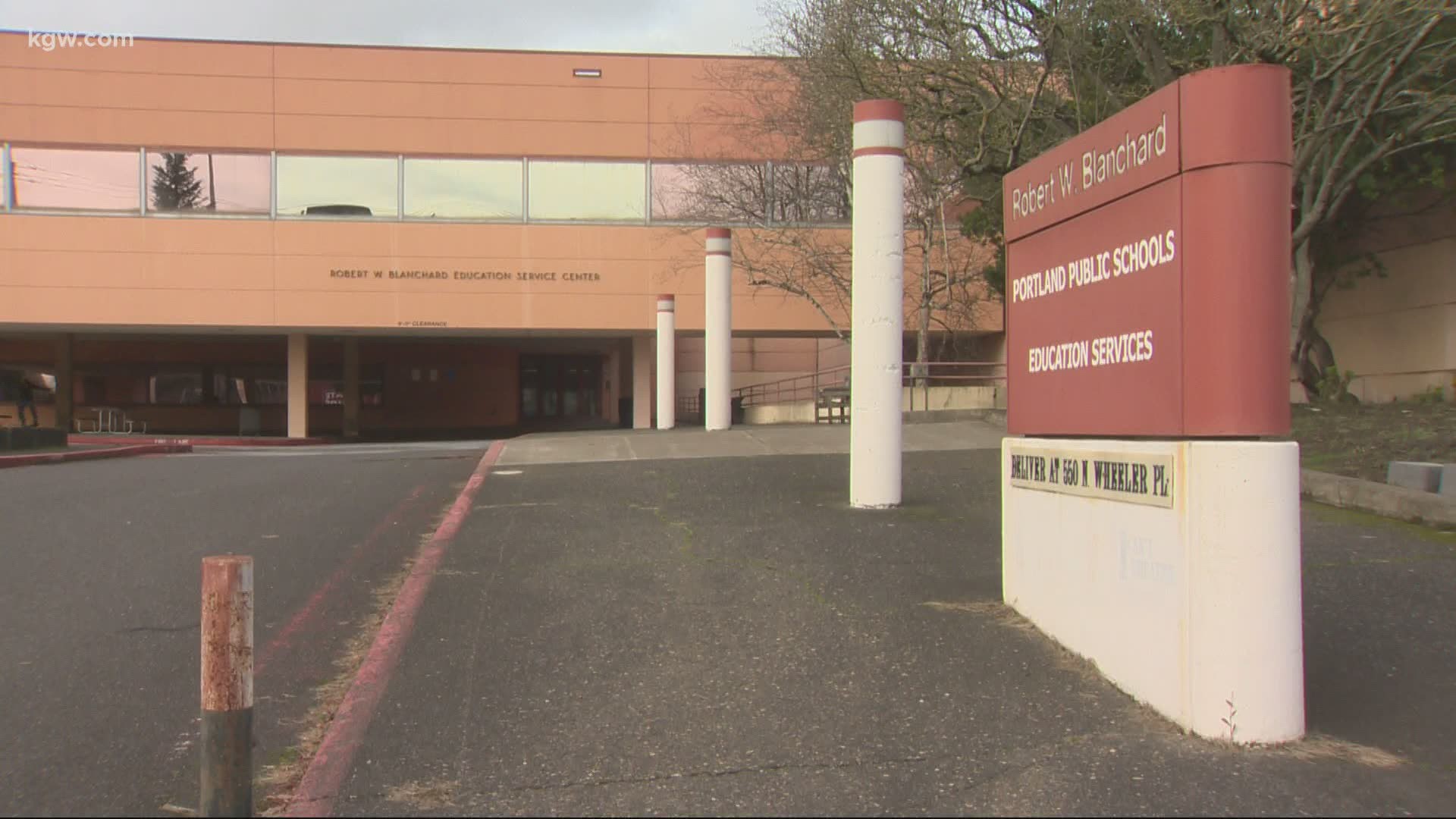PORTLAND, Ore — As the new year gets underway, Gov. Brown is allowing more Oregon students back in schools.
She wants elementary students learning in-person by mid-February. As of Jan. 1, it's now up to each individual school district to decide what the rest of the year will look like. They can decide if they'll return to in-person learning with a hybrid model or move to fully on-site classes.
KGW checked with about 20 area public school districts Sunday and Monday, as students just returned to online learning after winter break. None of the districts returned to full in-person school, but many are working on plans.
District leaders told KGW they plan to meet with their administrations and school boards, and with state education and public health officials. They will make their decisions on whether to restart in-person learning within the next couple weeks.
But teachers fighting to keep kids home don't want to return until COVID-19 loosens its grip on Oregon.
"It's simply not safe to have kids back in school yet," said Doug Robertson, an elementary school teacher in the Gresham-Barlow School District. "The idea we can force kids to wear masks or socially distance is unrealistic at best."
Gov. Brown wants districts to weigh local COVID metrics and the needs of students when deciding if or when to return in-person She also wants educators and school staff vaccinated in Phase 1B of Oregon's rollout, which is the next phase after health care workers.
A Portland Public Schools spokesperson told KGW on Sunday the state's largest district won't return to in-person learning until "educators and school staff have access to vaccinations."
A number of districts will have limited in-person instruction (LIPI) for certain students. But many say they're waiting on the state to update its Ready Schools, Safe Learners guidelines in mid-January to solidify a timeline for anything beyond that.
Data from the World Health Organization (WHO) shows COVID-19 isn't as common in children, they have milder cases and younger kids are less susceptible.
Ten months into the pandemic, data shows COVID-19 infection rates in schools strongly reflect virus levels in the local community. Public health experts say efforts must be focused on driving down community spread in order to open schools and keep them safe.
Studies show young children are not a driving force of COVID-19 infection in the community, at large or within school settings, especially if health and safety protocols are followed.
While kids make up less than one-percent of COVID-related deaths in the U.S., some Robertson said that's not the point.
"The real direct question to ask anybody who says, 'Well kids don't get as sick and the death toll isn't as high' is: How many dead students are worth it?" he said. "How many dead colleagues should I be OK with?"
Meanwhile, many others support the governor's call, pointing to private Catholic schools as examples of what works.
"This makes us nervous: Suddenly ODE is saying you can be open full-time after having such restrictions," said Holy Trinity Catholic School Principal Ashley Sheridan. "So we just focus on the fact that the data coming out is not saying students and schools are a source of community spread. We've been open since September and have had no staff with COVID and no students with COVID. So our safety protocols and cleanliness are working."
Holy Trinity students have come for limited in-person learning - two hours, two days a week - since September. Kindergarten through 1st graders returned full-time Monday.
"Our small size - we have 299 students - allowed us to open in-person in more ways than a giant public school could," Sheridan said. "The kids had no problem adapting. I think the teachers were more worried about how it would it go."
She credits teachers for getting on board, trusting leadership and taking a leap of faith to go back to the classroom. Sheridan wants every grade to follow suit, eventually and safely.
"If we only offer digital learning, we're only responding to the needs for safety, and in learning there are so many other needs the kids need met," Sheridan added.

